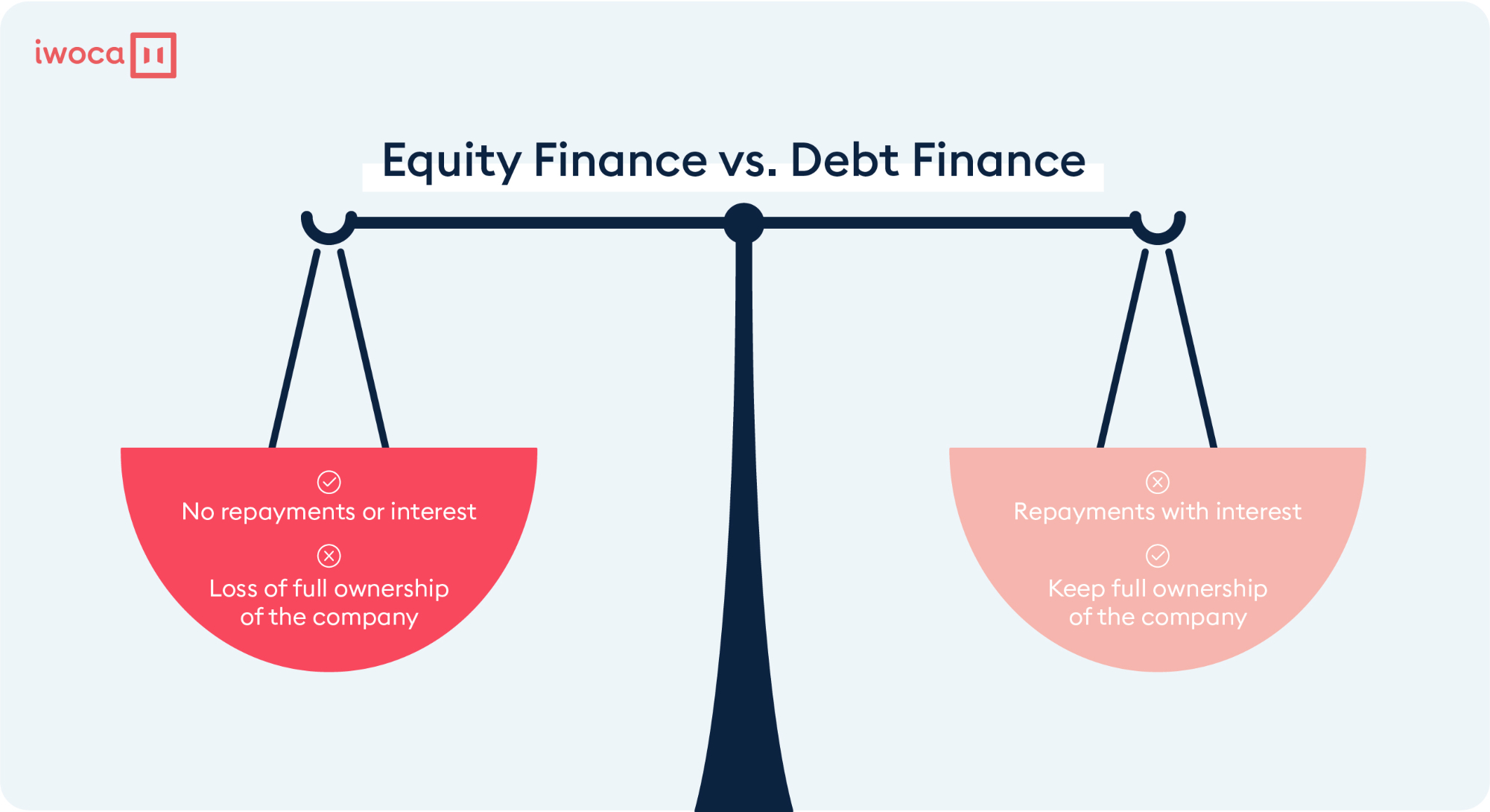Produced homes are a wise option for property owners searching for a recently constructed modern-day house with an inexpensive home loan payment. While the term "mobile house" is still utilized extensively, these single, double and triple-wide prefabricated houses are now described as produced houses. Funding a manufactured house or any other type of house is challenging, however it can be especially tough for a new homeowner. how do i get rid of my timeshare A 20% down payment is no longer typical. Lots of public and private companies help purchasers who have less than 5% of a house's cost to put down. There are many duties of owning a home that brand-new purchasers ought to be familiar with, and they use to made homes too.
The greatest expense, naturally, will be purchasing and financing a mobile or manufactured home. Financing is different than for a standard house loan, but various programs can make it much easier to qualify. The most significant distinction is that loans for mobile and manufactured houses are just for the home itself, not the land it sits upon. The park or community owns the land and leases it to house owners. Called a chattel loan, it's a home-only loan and is technically not a genuine estate loan. It's a personal effects loan, and is likewise offered if you currently own the land and need to borrow money to purchase the physical home.
In fact, it can be a lot easier to get funding for a made home than for a traditional frame or block house. Funding terms depend upon the loan provider, but the minimum credit history for the alternatives we go over below variety from 580-650. Scores greater than 650 might get slightly much better terms. Scores lower than 580 may not get approved for a loan at all. Chattel loans for manufactured houses are often smaller sized than standard house loans due to the fact that you're not purchasing the land. This can make funding much easier for some people because they're obtaining less cash. Nevertheless, the repayment periods are shorter 15 or 20 years which could result in greater month-to-month payments.
Another drawback is that rates of interest can be greater on belongings loans. A research study by the Customer Financial Security Bureau found that the yearly portion rate, or APR, was 1. 5% greater on goods loans than standard mortgages. Loan processing charges, however, were 40-50% lower. How to finance building a home. If you're thinking about buying a produced, mobile or modular home, it is essential to comprehend the differences between them. Rates alternatives vary, as do how they're developed and set up, and safety standards required in their building, to name a few things. Some loans might be easier to get for some kinds of these houses. Factory-built houses made before June 15, 1976, before regulations needed certain safety requirements.
Factory-built after June 15, 1976 and subject to federal safety requirements set in 1974, referred to as the HUD Code. Manufactured houses are developed on a long-term metal chassis and can be moved after setup, but that can hinder funding. These factory-built houses are assembled on-site. They should satisfy the exact same regional building regulations as site-built homes. They're https://jasperzjls945.weebly.com/blog/6-easy-facts-about-which-person-is-responsible-for-raising-money-to-finance-a-production-explained generally set up on a concrete structure. Loans are normally simpler to get for modular homes due to the fact that they hold their worth and appreciate more than the other two. When you have actually chosen what type of produced house you want, you'll need to find out how to finance it. Which of the following can Visit this link be described as involving direct finance.
How To Import Stock Prices Into Excel From Yahoo Finance for Beginners
Renting land might make you qualified for fewer loans. Purchasing a double-wide house that costs $100,000 or more isn't allowed an FHA loan. Optimum loan quantities vary by the type of home bought. Not only must you compare the kind of loan, but see how fees and rate of interest differ among lenders. Here are 4 broad financing alternatives: If you own the land under your produced home, you are in luck. Banks, cooperative credit union and other lending institutions generally require you to own the land in order to get a mortgage. In this case, funding a produced house is fairly similar to funding a traditional house.

5% with an FHA loan), and earnings that is approximately three times the home loan. If you do not think you have the minimum credit report required, you can begin working to improve your credit rating. Online credit therapy from In, Charge Financial obligation Solutions can assist. In, Charge is a nonprofit credit counseling company that provides a totally free picture of your credit report. It can assist you develop a repayment plan such as a debt management program. In addition to improving your credit rating, owning the land you want to put a manufactured home on can make being authorized for a loan easier.

If you do not prepare on buying land for your produced home, you can still fund the purchase with a bank or credit union loan provider, or possibly through aid from the federal government. These programs are designed to assist customers get mortgages on manufactured homes, which represent 6% of the U.S. real estate market. That's almost 8 million houses. Housing support programs began in the New Deal period (1930s) when the government wished to provide better houses for the rural population. The programs were administered by the USDA because the programs were geared towards on-farm housing. The very best feature of a USDA loan (likewise called a Rural Development loan) is that there is no down payment required.
The home needs to fulfill geographical requirements, but that doesn't indicate you have to live 20 miles from your nearest next-door neighbor. About 97% of the U.S. land mass is USDA loan eligible, a location incorporating 109 million individuals. Rates of interest vary with the market but are usually less than traditional loans. The downside to a USDA loan is a Guarantee Charge of 2% is contributed to the overall loan quantity, and an annual charge of. 5% gets added to your month-to-month payment. The minimum credit history to qualify is 640. And unlike standard home mortgages, you can be disqualified for making too much money.
Talk to your bank or cooperative credit union to see if they can help you with a USDA loan application for a made loan. No down payment needed Can finance 100% of assessed worth Minimum credit rating needed: 650 Need to fulfill geographical requirement: rural area Can't make 115% or more of county's typical earnings Costs: 2% fee added to the total loan, and. 5% to regular monthly payment If you exceed the USDA's income limit, you ought to consider an FHA loan as they have no wage maximums. The FHA does not in fact offer you cash for a mortgage. It guarantees the loan, which lures lending institutions to finance mortgages considering that they are backed by the government.